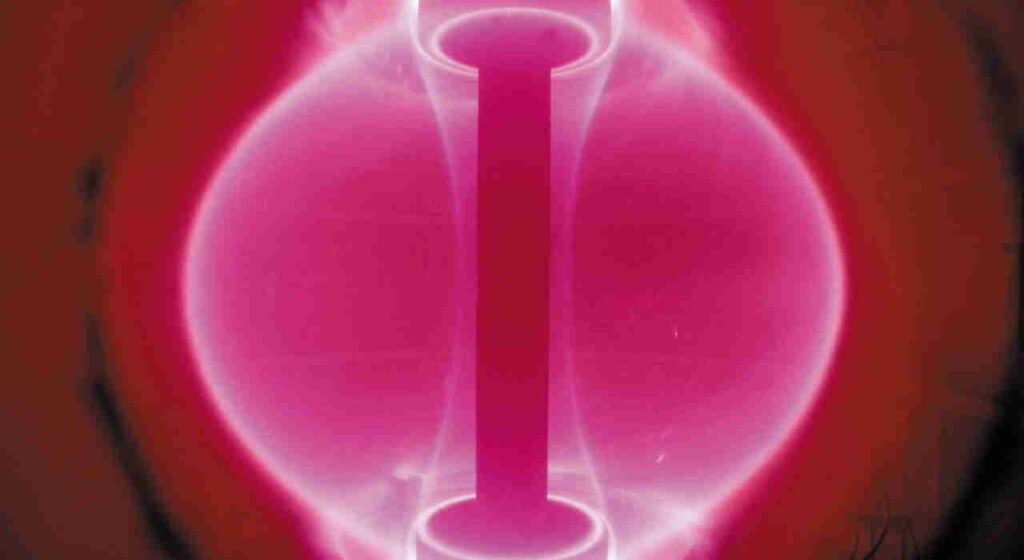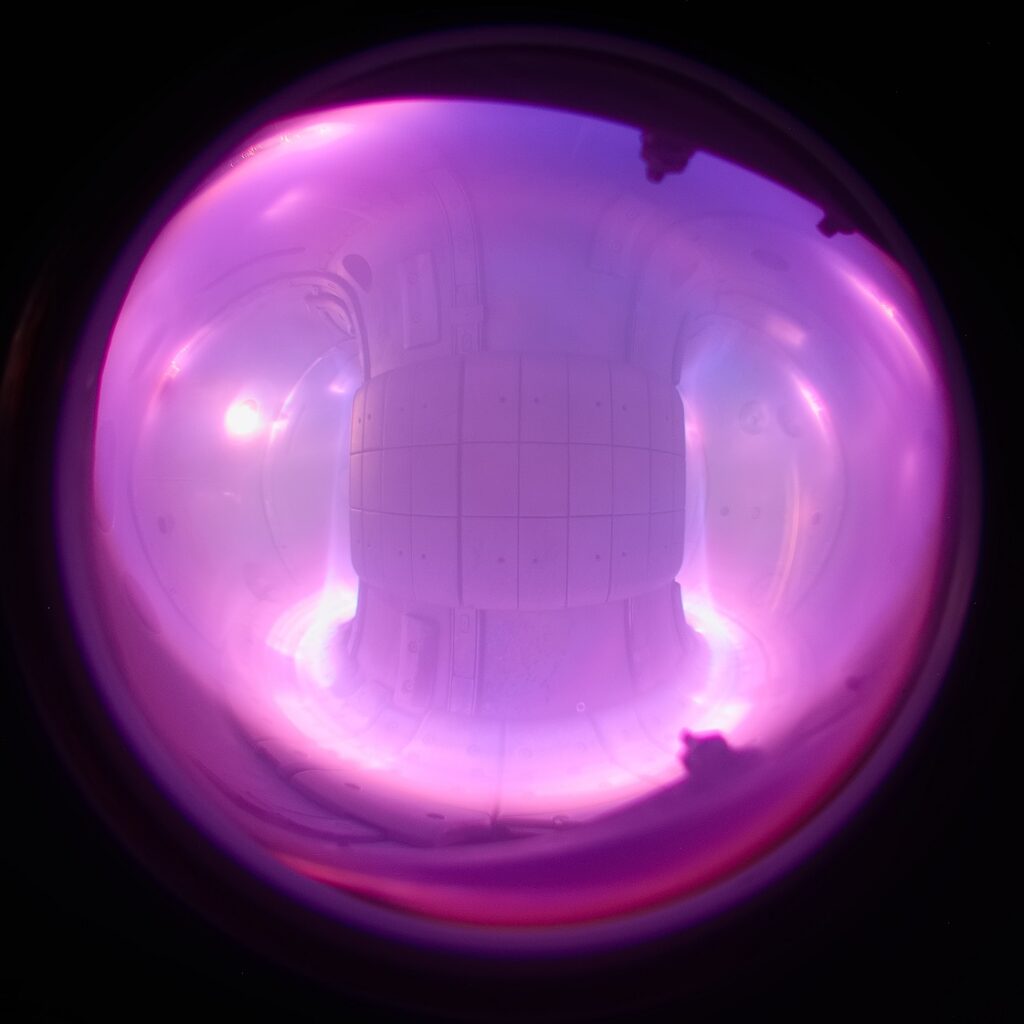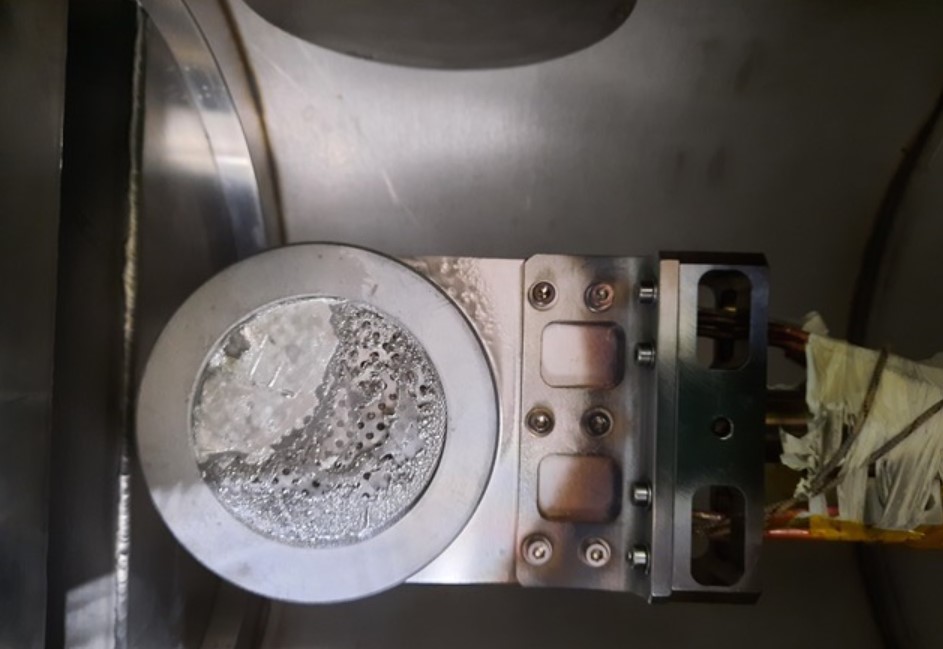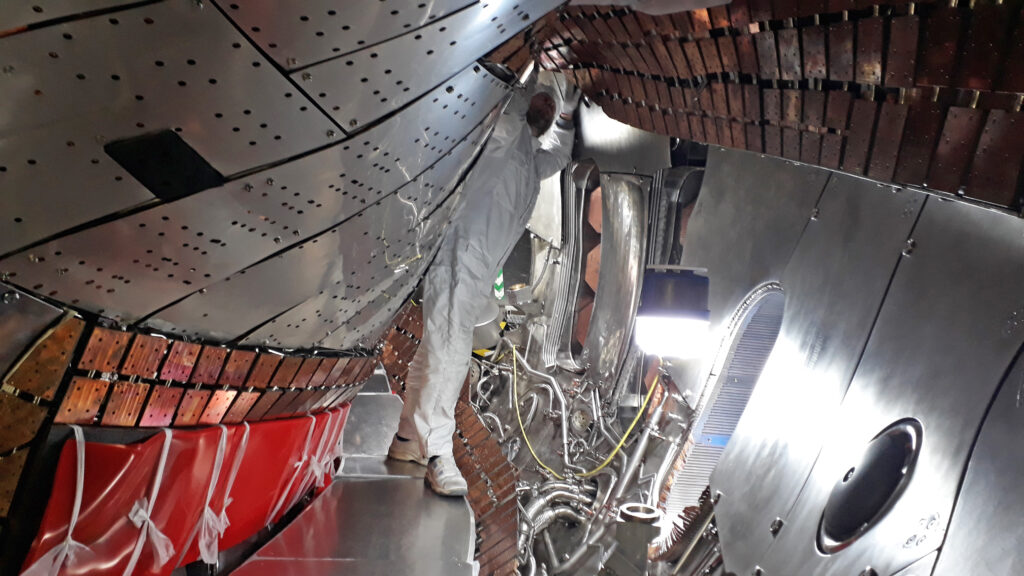A Sandblaster at the Atomic Level

From semiconductors to moon rocks: Many materials are treated with ion beams. A research group at TU Wien has now been able to explain how this process depends on the roughness of the surface.
An actively cooled divertor for WEST

The WEST tokamak has just installed an actively cooled tungsten divertor as its main plasma-facing component, based on technology similar to that of ITER. This very important milestone was reached thanks to a collective and collaborative effort. It paves the way for WEST operation over long periods (up to 1000s) with high levels of heat […]
Artificial Intelligence helps nuclear fusion

Can artificial intelligence (AI) help tame instabilities in hot plasmas and ultimately lead to an efficient nuclear fusion reactor?
Fusion research in the Czech Republic: endings and beginnings

On Friday, August 20, 2021 the last experiment took place at the COMPASS tokamak. In 12 years of operation, more than 21,000 high-temperature plasma discharges have been conducted on it.
Wendelstein 7-X concept proves its efficiency

One of the most important optimisation goals underlying the Wendelstein 7-X fusion device at Max Planck Institute for Plasma Physics (IPP) in Greifswald has now been confirmed. An analysis by IPP scientists in the journal Nature shows: In the optimised magnetic field cage, the energy losses of the plasma are reduced in the desired way. Wendelstein 7-X is intended to prove that the disadvantages of earlier stellarators can be overcome and that stellarator-type devices are suitable for power plants.
Start-up of the new OLMAT facility

On July 2 the installation of the OLMAT facility (Optimization of Advanced Liquid Metal Targets) at the National Fusion Laboratory was completed. The facility is the only one of its kind in Spain and one of the few existing in Europe. It can be used to test materials, both solid and liquid, under extreme heat […]
Croatian support for the DONES project

DONES is the first ESFRI project in which Croatia plays a key role and the second most important device in a large international fusion energy project, right after ITER. In 2018, DONES was included among the ESFRI projects, strategically important for the EU, as a Spanish-Croatian initiative. Google Translate this article
New insights in Super-X divertor region

A new, multi-wavelength imaging (MWI) camera diagnostic fitted on MAST Upgrade, will offer scientists a picture of the impact that the machine’s Super X divertor design has on the hot, charged plasma.
A cooled exhaust for Wendelstein 7-X

Thanks to a newly-installed actively-cooled exhaust, the German stellarator Wendelstein 7-X at IPP Greifswald will be able to maintain its fusion plasma for up to 30 minutes – a fusion milestone.
